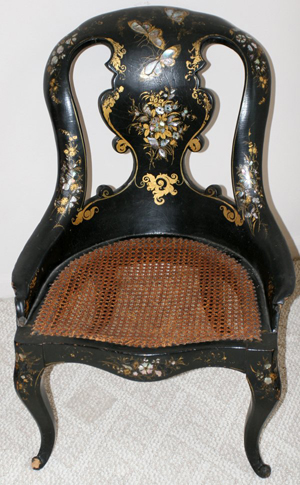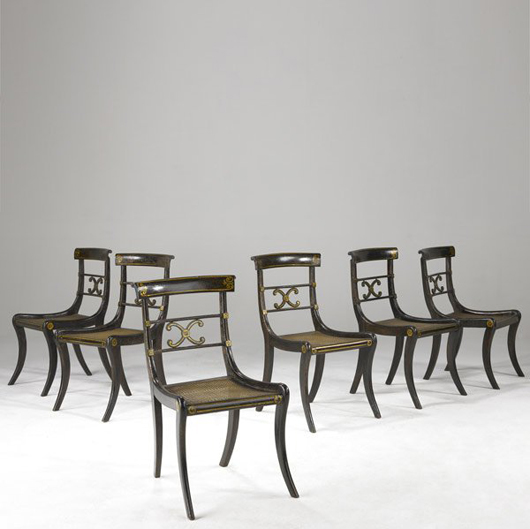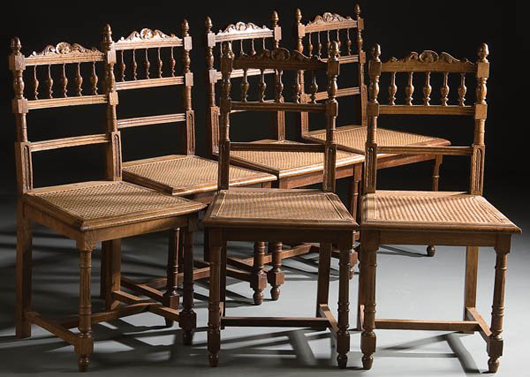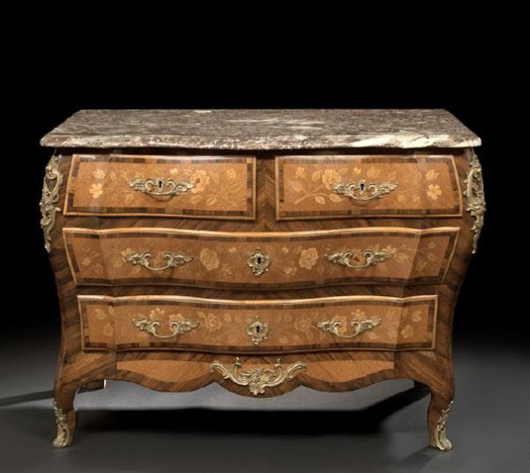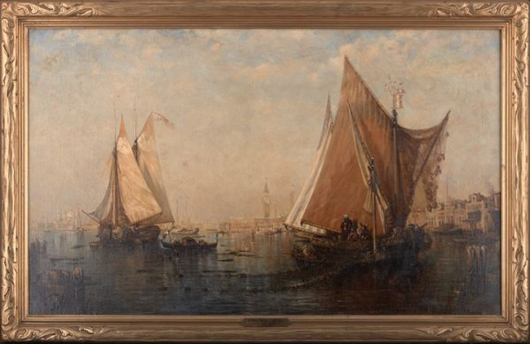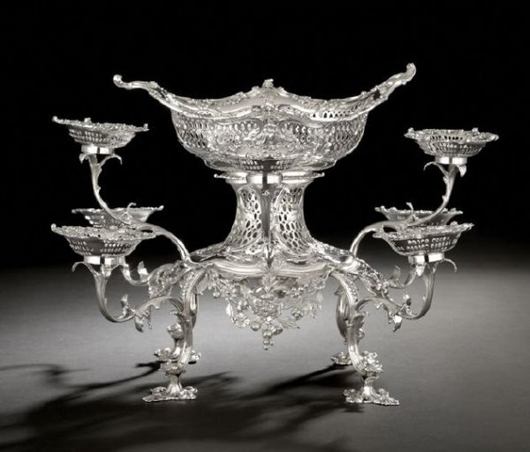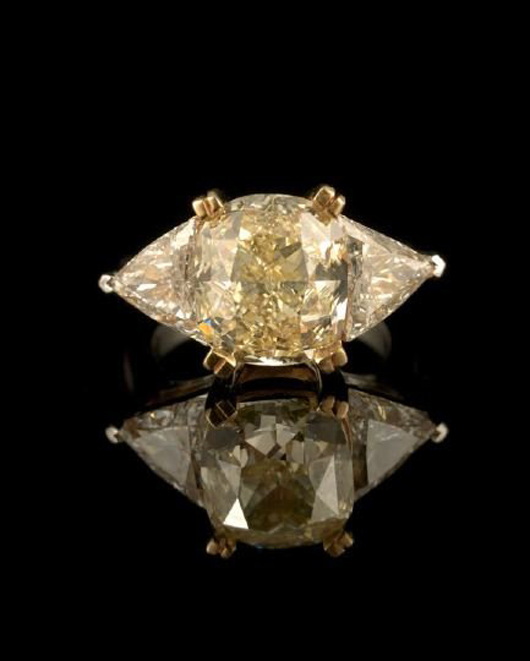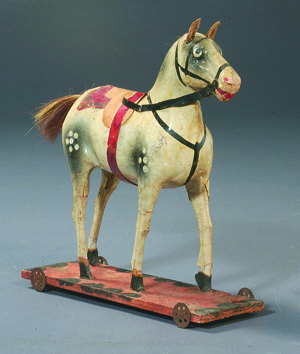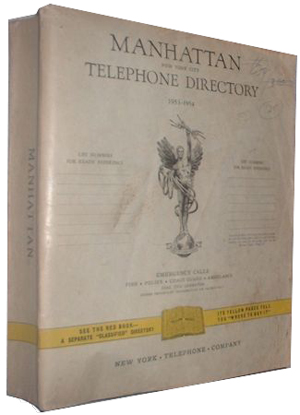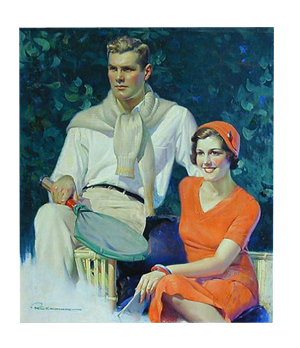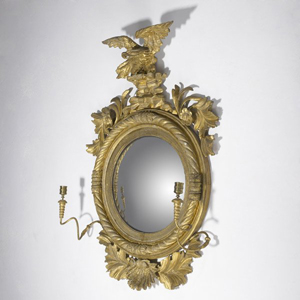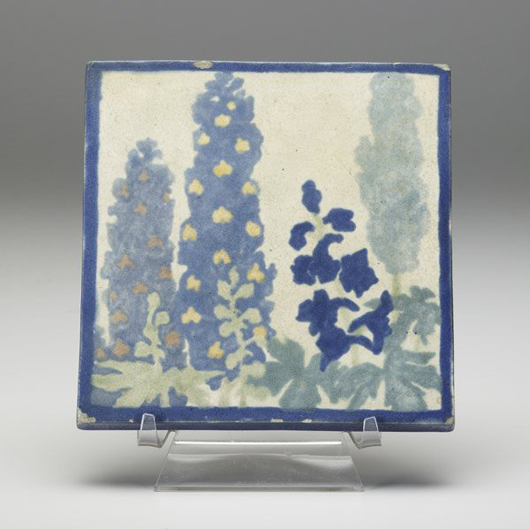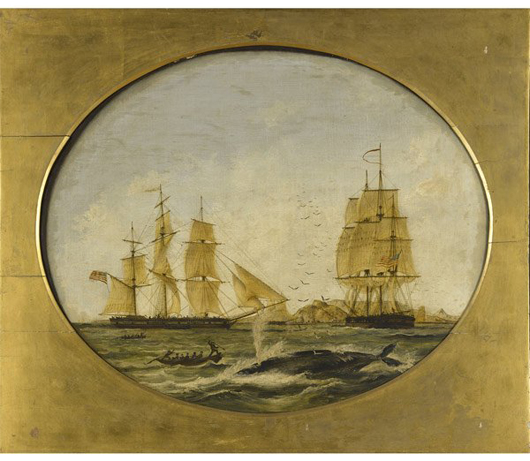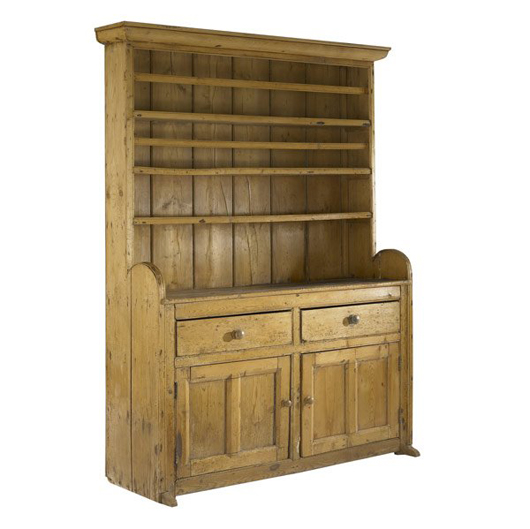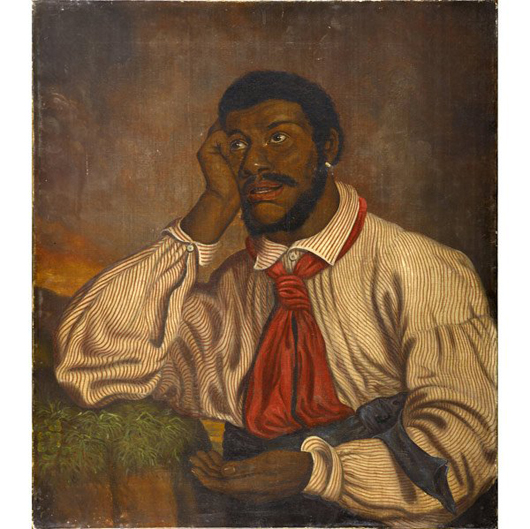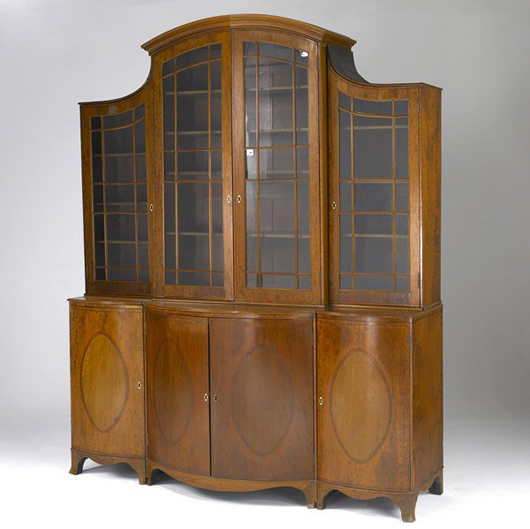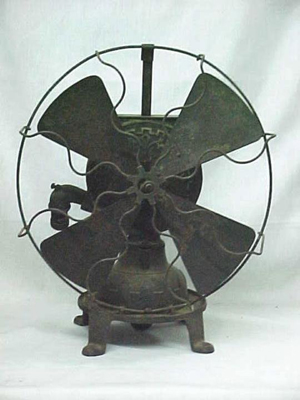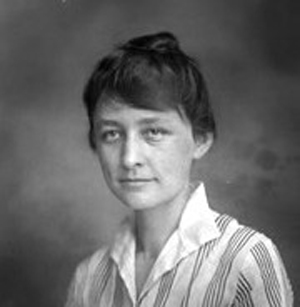
Officials of The Georgia O’Keeffe Museum in Santa Fe complained recently about a “GOK” logo proposed for the school’s new facade, and about T-shirts that said “Georgia O’Keeffe Kindergarten.” E-mails from the museum warned of possible trademark infringement and suggested that fees may be required for some uses of the name.
“Everyone’s shocked,” said Yvonne Dion, president of the school’s parent-teacher organization. “This has never, ever, ever been an issue.”
O’Keeffe, one of the foremost American painters, was a modernist whose best-known works include large-scale depictions of flowers. She lived for almost 40 years in northern New Mexico, where the starkness inspired her desert landscapes and iconic paintings of skulls and bones.
She died in Santa Fe in 1986 at the age of 98.
The school has borne O’Keeffe’s name since it opened in 1988. While no one asked for permission, O’Keeffe’s estate and the foundation that was formed to perpetuate her legacy didn’t object at the time.
Among the foundation’s stated goals: “to fight the proliferation of unauthorized coffee mugs, T-shirts, buttons, scarves, trivets and other pernicious appropriations of her work.”
Three years ago, the museum took over the foundation’s work and acquired the rights to the artist’s art, likeness and name. The museum wants to ensure that “any uses of the material will promote Miss O’Keeffe and her art in a respectful manner,” rights and reproductions manager Judy Lopez said in an e-mail in June.
The school’s principal, Lucinda Sanchez, was distressed by the message and its tone. “We’ve never used or represented Ms. O’Keeffe’s name in a disparaging way,” Sanchez said. “We’ve worked hard to honor it – and make it a fabulous school.”
The school hasn’t used or reproduced O’Keeffe’s art, she said. If there’s artwork on T-shirts, it’s typically a ram, the school’s mascot. The school’s name does appear on items such as wristbands, water bottles and the T-shirts provided to kindergarten students for field trips.
“For safety, we usually have kids wear T-shirts with the school name on it, just in case they get lost,” Sanchez said.
The award-winning school in northeast Albuquerque, which has 600 students in kindergarten through 5th grade, opened with portable buildings. Permanent facilities are being built and should be ready in 2010.
The initials “GOK” are proposed to appear on the front of the new school.
According to copies of e-mails provided by Albuquerque Public Schools, a lawyer for APS who spoke to Lopez said Lopez thought people might be encouraged to refer to the school as “Gok” – which sounds “just awful” and which she believed O’Keeffe would not approve of – rather than “G-O-K.”
A second e-mail from Lopez, in July, objected to a kindergartener’s T-shirt.
The e-mail said the museum wants to be told about any use of the artist’s name before products are produced. The museum will be “generous in granting permission” and will waive fees “for approved internal use.” The museum may have to charge fees for commercial usage, Lopez said.
Lopez refused to comment for this story, and other museum officials did not respond to repeated requests for interviews.
Sanchez said she’s happy to discuss changes to the “GOK.”
But the principal and the PTA president are worried about a cumbersome approval process for, say, trinkets given to students as rewards. “Everyone is a little blown away that we may have to be going through all these hoops,” Dion said.
And the idea of paying the museum for using the school’s name on T-shirts sold as fundraisers for the library or other projects rankles school officials. “We’re a school, and we’re doing our best to educate children, and we’re not out to commercially gain from Ms. O’Keeffe,” Sanchez said.
The women say it might just be easier to change the name of the school.
The museum said in a statement it was proud to have a school named after O’Keeffe, that it “never had the slightest intention of asking that the name be changed,” and that it looked forward to talking with school officials about the further use of the artist’s name.
Copyright 2009 Associated Press. All rights reserved. This material may not be published, broadcast, rewritten, or redistributed.
AP-CS-07-28-09 1430EDT


